―
Resetting Earth’s History: The Mass Extinction of Life
―
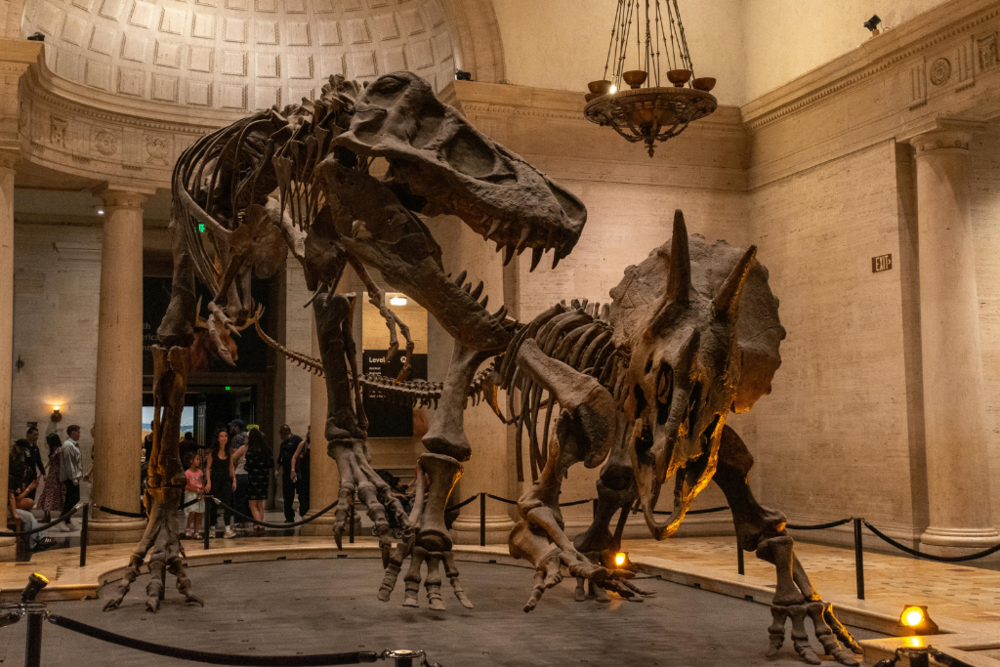
Dinosaurs disappeared during the Cretaceous period when an asteroid struck Earth. This earth, where dinosaurs once reigned, has been ruled by mammals up to today.
Most of us know about that great mass extinction event. But did you know that before the extinction of the dinosaurs, there were four other major mass extinction events in which most of the life on Earth disappeared?
Research shows that in the last 500 million years, Earth has experienced five mass extinctions, during which more than 99% of all organisms became extinct.
○ First mass extinction (Ordovician-Silurian)
This was the first mass extinction event, 444 million years ago, spanned 4 million years, during which 85% of species vanished.
Most living creatures dwelt in the sea; scientists estimate a global ice age covered most of the planet due to a decrease in carbon dioxide (greenhouse gas) in the atmosphere, causing the ecosystem to collapse.
○ Second mass extinction (Devonian)
75% of all species went extinct 383 million years ago over a period of about 20 million years.
In the Devonian period, still most living things were marine life forms, but as plants began flourishing on land, nutrient-rich soil washed into the sea, nourishing a global algae bloom that suffocated most marine life.
○ Third mass extinction (Permian-Triassic)
The worst mass extinction event, about 252 million years ago, killed 96% of marine life and three-fourths of terrestrial life in the space of 60,000 years. Many insects species were among those that disappeared.
It took 10 million years for forests to recover and 4 to 8 million years for marine ecosystems to recover. Global warming caused by greenhouse gases from large-scale volcanic eruptions in Siberia is blamed. One of the famous creatures that disappeared during this period is the trilobites.
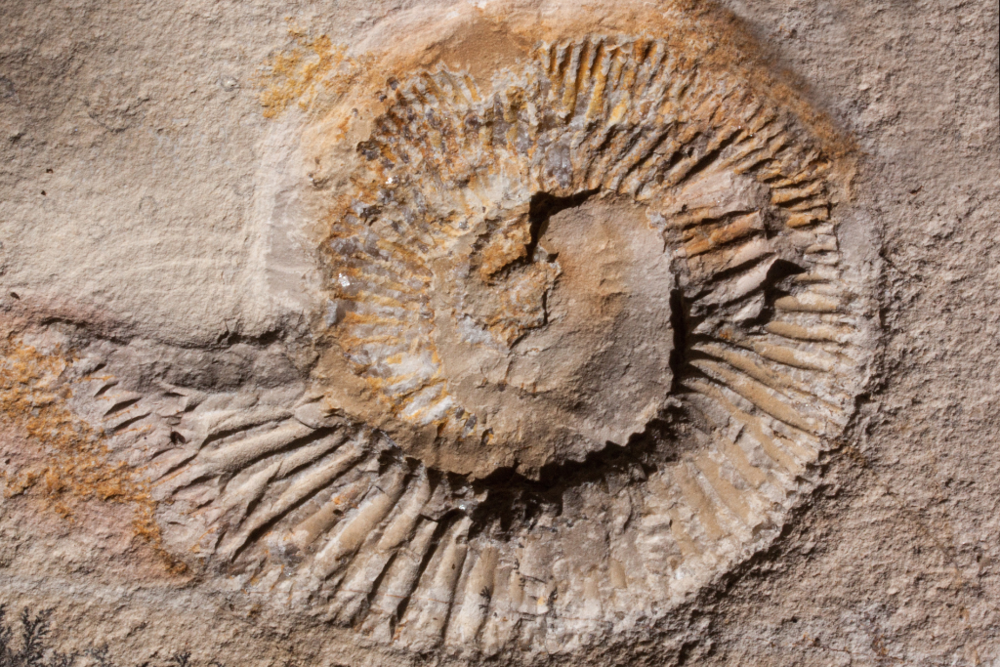
○ Fourth mass extinction (Triassic-Jurassic)
Occurred 201 million years ago. The continents that had been united as one split apart, and global warming overwhelmed the earth again due to central volcanic eruption following the breakup of Pangea. This resulted in the loss of up to 80% of land and marine species.
○ Fifth mass extinction (Cretaceous-Paleogene)
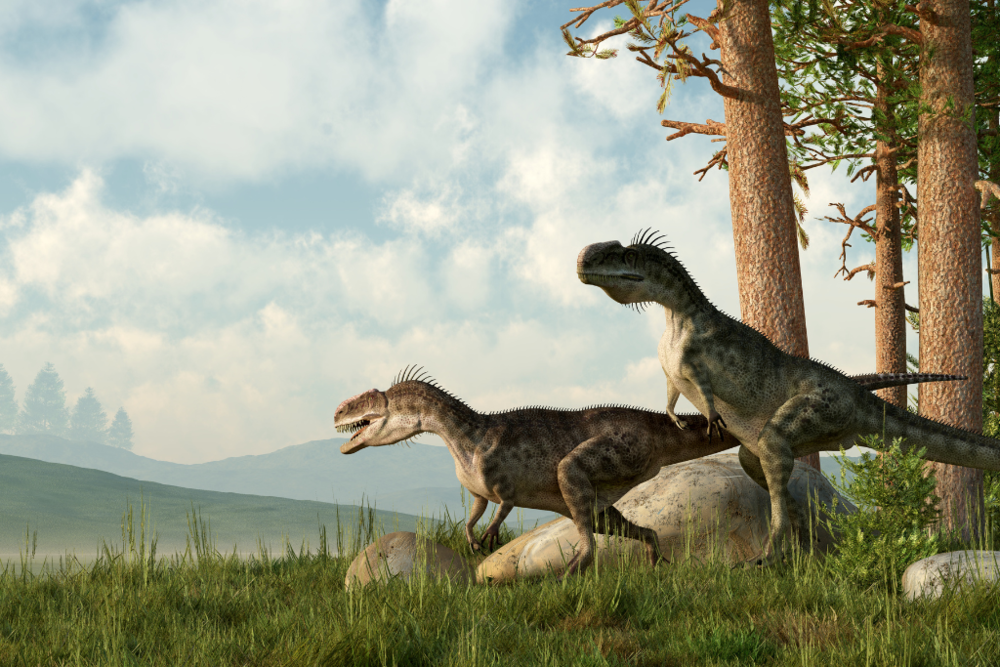
This was the age when dinosaurs ruled the earth. The event of the extinction of dinosaurs is fairly well known.
About 66 million years ago, an asteroid about 12 kilometers (7.5 miles) in diameter struck just off the Yucatan Peninsula of Mexico. The impact caused a huge volume of dust and debris to cover the atmosphere and block sunlight, causing a global ice age. About 76% of all life forms on Earth went extinct.
https://www.nationalgeographic.com/science/article/mass-extinction
(Go to National Geographic Resources on Earth's Mass Extinctions)
―
Earth's sixth mass extinction
―
Are the global extinctions over? Or will another one happen in the distant future?
Unfortunately, evidence is emerging that we are now living in the age of the sixth mass extinction.
In January, a joint research team at University of Hawaii in the United States and the National Museum of History in France published their findings in a study titled "The 6th Mass Extinction: Fact, Fiction or Speculation?" in Biological Reviews.
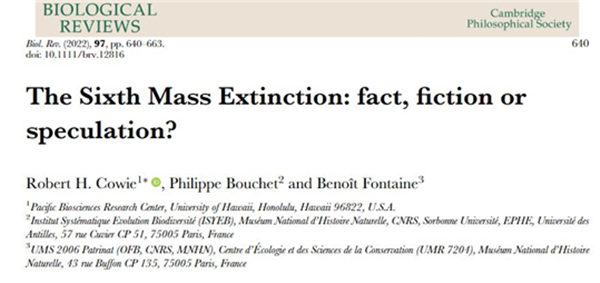
(Source : Kamryn Carter, Claudio Reyes-Olivares, Jonathan Eubanks, Hayden Hanna, Stuart V. Nielsen, Damien Esquerré, https://onlinelibrary.wiley.com/doi/full/10.1111/brv.12816)
In this study, by calculating the extinction ratio of land snails and slugs, it is estimated that 150,000 to 260,000 species of mollusks have gone extinct since 1500 AD.
This amounts to 7.5% to 13% (150,000 to 260,000 species) of the 2 million living species present on Earth. The biodiversity that has supported Earth's ecosystem is rapidly being destroyed.
The researchers found that the red list of 882 vanished species (0.04%) on the International Union for Conservation of Nature (IUCN) is heavily biased toward animal species, leading to a much larger extinction if invertebrates such as snails are included.
The conclusion is that we are presently witnessing the sixth mass extinction.
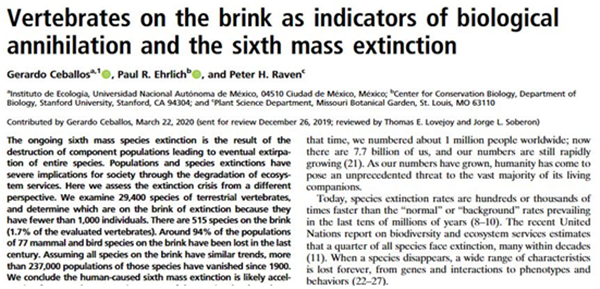
(Source : Kamryn Carter, Claudio Reyes-Olivares, Jonathan Eubanks, Hayden Hanna, Stuart V. Nielsen, Damien Esquerré, https://www.pnas.org/doi/10.1073/pnas.1922686117)
Shall we look at another study on the 6th mass extinction?
In June 2020, researchers at Stanford University, Missouri Botanical Garden, and the Autonomous University of Mexico (Universidad Nacional Autónoma de México) published a paper titled "Vertebrates on the brink as indicators of biological annihilation and the sixth mass extinction." It was published in the Proceedings of the National Academy of Sciences (PNAS).
Researchers examined 29,400 species of terrestrial vertebrates and identified those that are endangered, having fewer than 1,000 individuals.
The study found that 515 species are at risk, and about 94% of the populations of 77 endangered mammals and birds have disappeared over the past century.
Dr. Gerardo Ceballos González, co-author of the paper, told CNN that about 173 species went extinct between 2001 and 2014, which is 25 times more than under normal circumstances.
He also found that more than 400 vertebrate species went extinct in the last 100 years, which would have taken up to 10,000 years in normal evolution.
Thus whereas past mass extinctions were caused by environmental catastrophes such as massive volcanic eruptions or asteroid impacts, the sixth mass extinction, now occurring, is "completely our fault".
https://edition.cnn.com/2020/06/01/world/sixth-mass-extinction-accelerating-intl/index.html
(Go to CNN article)
―
The target of the 6th mass extinction could be ‘humanity’
―
A recent study found that existing species will eventually disappear due to climate change and new dominant species will emerge.
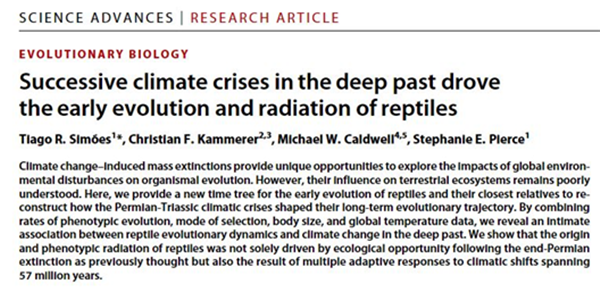
(Source :
Vertebrates on the brink as indicators of biological annihilation and the sixth mass extinction, Proc. Natl. Acad. Sci. U.S.A. 117 (24) 13596-13602, https://doi.org/10.1073/pnas.1922686117)On August 19, a joint research team from Harvard University, North Carolina State University, and the University of Alberta, Canada published a paper titled “The successive climate crises of the past drove the early evolution and radiation of reptiles” in Science Advances.
The research team pointed to climate change as the cause of the 3rd and 4th mass extinctions and analyzed about 1,000 fossils of 125 species that appeared and disappeared before and after the 3rd and 4th mass extinctions and the climate situations in those respective eras.
They estimate that during the 3rd and 4th mass extinctions, the number and diversity of reptiles increased dramatically before and after, overtaking birds and mammals.
Harvard University professor Stephanie E. Pierce, co-author of the report, stated: “This clearly shows that abrupt climate change is causing the emergence of new species,” and warns, “If the fundamental causes of climate change are not eliminated, humankind could become the target of the 6th mass extinction.”
―
Climate catastrophes across the globe this year
―
Earth is suffering from climate change. No, the damage caused by extreme climate change is getting much worse, so the word "climate catastrophe" seems more appropriate now, beyond "climate disaster."
According to the World Disaster Report 2000-2019, released by the UN Office for Disaster Risk Reduction (UNDRR), 7,348 natural disasters occurred around the world over the past 20 years, resulting in 1.23 million deaths and causing loss and damages for 4 billion people. At this point, it is no longer a disaster, but a "climate catastrophe."
This is a 1.7 times increase in the number of disasters over the previous 20 years (1980~1999) from 4,212, and climate change is pointed out as the main cause.
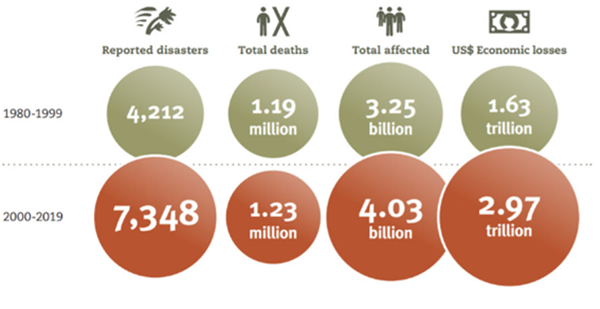
(Source: ©UNDRR.)
Ironically, the climate catastrophe is hitting countries that have done little to contribute to global warming.
Pakistan experienced a heatwave that reached 49 degrees in May this year, and just one month later, in June, heavy monsoon rains poured in, so that now a third of the country is submerged.
Pakistan's Meteorological Agency said global warming has tripled the size of the glacial water melting and being released in the northern regions of the Himalayas compared to the previous year.
More than 1,100 people have died and more than 33 million people, one-seventh of the population, have been displaced. Due to concerns about waterborne diseases, the World Health Organization (WHO) has classified Pakistan's flooding situation as a high-level emergency.
According to the Washington Post, “Pakistan is the country most affected by climate change even though it contributes less than 1% of global greenhouse gas emissions.”
Climate change does not discriminate between the rich and the poor. The United States is also experiencing extreme climate disasters this year.
This spring and summer, the western region has experienced record drought, heat waves, and wildfires. In August, record heavy rains fell in the eastern region, causing calamities one after another.
Not only in the New York Times, but it is being reported globally that we are witnessing two extremes, with wet areas getting wetter and dry areas getting drier.
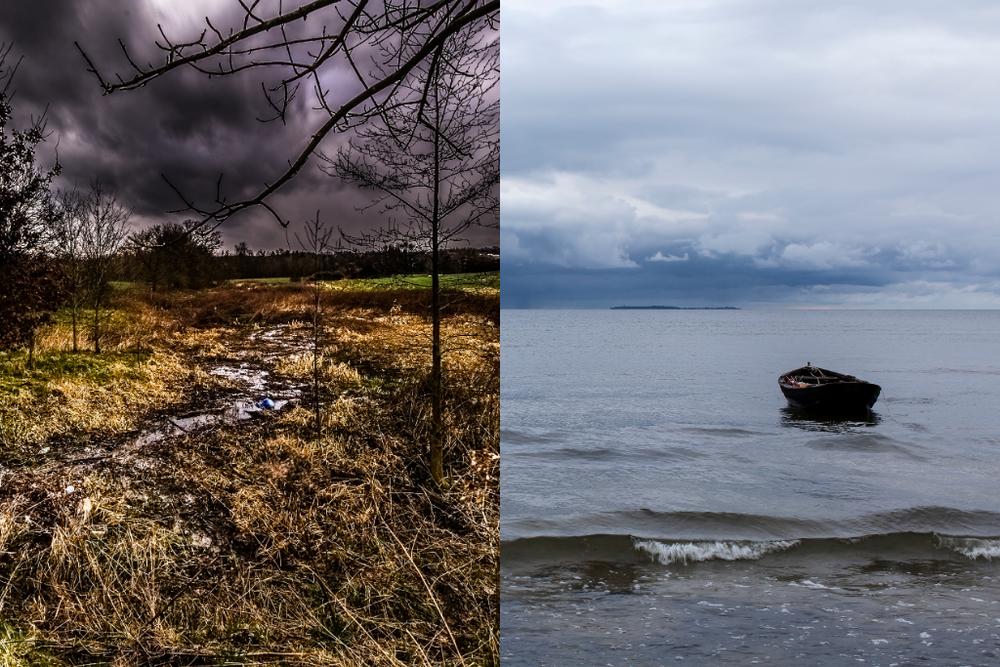
―
Humanity has ruined the earth, and now finally humankind holds the key.
―
The 6th mass extinction may have already been underway for a long time.
Maybe there is still hope since humans are the cause of the climate crisis.
The last five mass extinctions were the helpless results of volcanic eruptions, ice ages, and asteroid impacts.
But since the current climate crisis is caused by people, we humans may have the answer.
The international community is urgently pursuing an extreme fossil fuel diet with the goal of becoming "carbon neutral by 2030." The term carbon neutrality, unfamiliar one or two years ago, has already become a household word.
Ten thousand years ago the earth was populated by 99.9% wild animals and 0.1% livestock domesticated by human beings; now 97% of the animals are livestock belonging to humans, and only 3% are wild animals. Indeed, the Earth is undergoing a biodiversity crisis.
Our Earth has survived by healing itself through five mass extinctions thus far.
Can humanity achieve carbon neutrality? If carbon neutrality is achieved at the targeted rate, will the 6th mass extinction be prevented?
At the end of the 6th mass extinction that is being conducted by humans, will the current dominant species disappear and another species emerge as the master of the earth?
The answer lies with us.
Written by Sharon Choi
Director of Planning
Sunhak Peace Prize Secretariat

